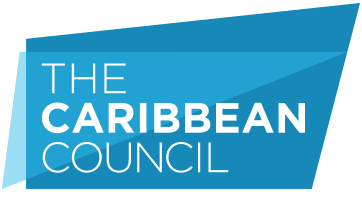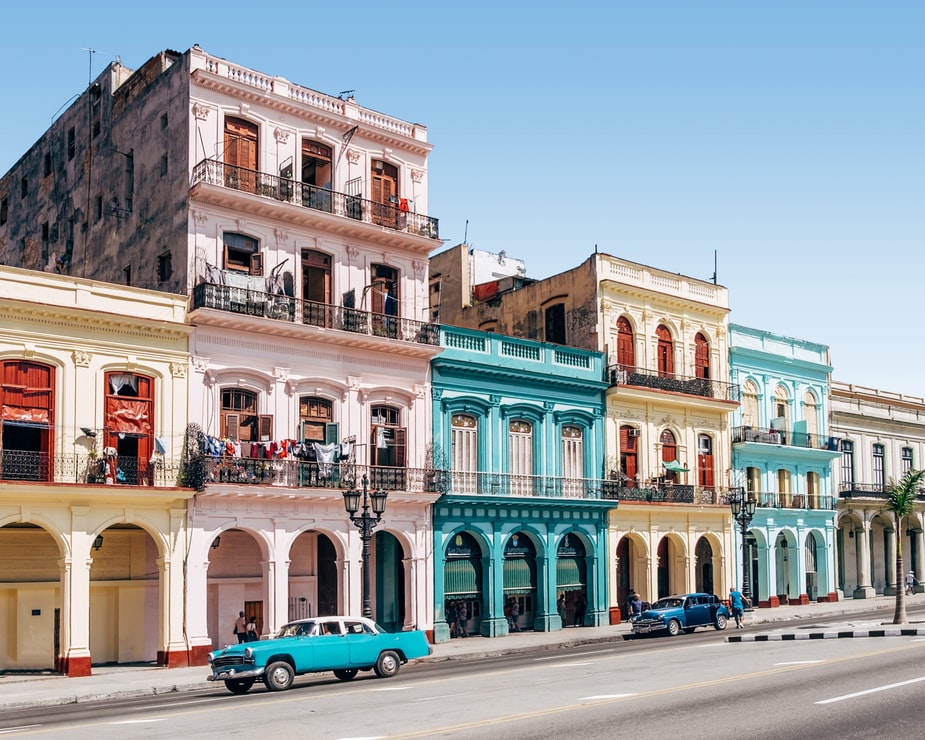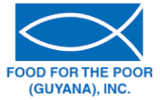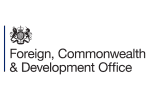Visitor arrivals to Cuba declined in 2019 by 9.3% to 4.3m compared to 4.7m in 2018 according to Cuba’s National Office of Statistics and Information (ONEI). Additionally, Cubadebate reported that in December, the start of the winter high season, the decline was particularly marked with visitor arrivals falling by 16.8%, compared to the same period the previous year.
According a summary report published by ONEI, Canada remained the country’s principal source market providing 1.1m visitors in 2019, followed by arrivals from Cuba’s overseas community – accounted for in a separate category irrespective of country of origin – which were up by 3.9%, totalling 0.62m.
Despite the tightening of sanctions, the US was Cuba’s third most significant tourism source market with 0.5m arrivals, a figure unsurprisingly down significantly compared to previous years. In contrast, arrivals from Russia, at 0.2m, now make it Cuba’s third most important visitor source market, while arrivals fell from Germany, France, Mexico, Spain, Italy and the UK, in some cases significantly. However, when compared to other source markets, yields from Russian arrivals are low, according to previous comments by Cuban officials, as visitor disposable income tends to be lower than that from other markets.
The falloff in arrivals from the UK can largely be attributed to the collapse of Thomas Cook and Jet2Holidays in 2019. Cuba has said since then, that TUI are expected to take up the shortfall of 95,000 visitors the two tours operators previously brought to Cuba. It has also embarked on a major new marketing campaign. In contrast, the reason for the decline in numbers from other source markets is unclear with industry analysts variously citing: uncertainty about Cuba as a destination due to pressure from the Trump Administration; weak repeat business, possibly as a result of poor service levels; and more competitive alternative offerings from the Dominican Republic and other Caribbean destinations.
In late November Manuel Marrero, then the Minister of Tourism – now Prime Minister – had said that despite the strengthening of the US embargo and other measures aimed at damaging Cuba’s tourism sector, the country expected a good high season, and to close the year with a 1.6% growth in visitor arrivals over 2018 (Cuba Briefing 25 November 2019).
Subsequently however, arrivals forecasts were revised downwards to the figure now reported to take account of the full impact of changes in US travel regulations which saw the ending of cruise calls, the most popular method for US citizens to make group educational visits. In addition, on 10 December all commercial flights from the US to destinations other than Havana were halted.
Speaking on Cuba’s Tourism Day in November, Marrero said that tourism officials, the country’s Ministry of Transport and Cuban hotel chains were, in response, working intensively to find alternatives to falling US visitor numbers by identifying new markets and doing more to promote Cuba as a destination. He also said that the country was proactively encouraging increased airlift, placing an emphasis on growing the number of arrivals from Russia and China, improving the quality of service in Cuban hotels, and considering in some cases lowering prices.
Government, he said, was maintaining the country’s emphasis on prioritising tourism investment and was continuing to remodel hotels and build others in order to complete an additional 4,200 rooms during 2020.
In 2019, Cuba declared tourism one of the six strategic sectors of the National Economic and Social Development Plan for 2030. Then Minister of Economy Alejandro Gil, noted during a presentation to the National Assembly that tourism represents a foreign currency generator and positively affected other economic activities. President Miguel Díaz-Canel has also referred to the importance of the tourism sector and called for it to be better integrated with domestic production.
Tourism is estimated to contribute 10% of Cuba’s Gross Domestic Product, with the country continuing to invest large sums in the construction of tourism infrastructure, hotel and related facilities in multiple areas of the country.
The one-page ONEI summary containing the year end arrivals figures can be found at http://www.onei.gob.cu/sites/default/files/servicios_informativos_no.12_turismo_diciembre_2019_0.pdf
Cuba Briefing is available on a subscription-only basis. Please click here to sign up to a free trial.





